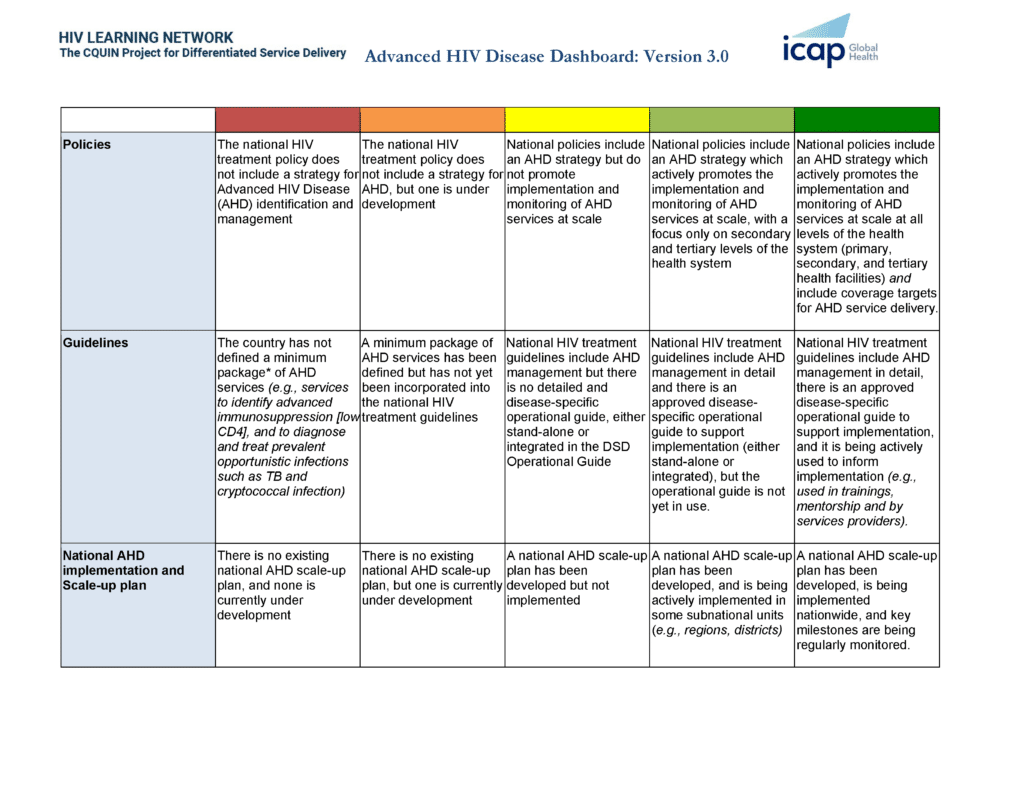How to Leverage the HIV Experience
Many countries with a high burden of HIV infection also face burgeoning epidemics of noncommunicable diseases (NCDs). Similar to HIV, NCDs are most frequent in low- and middle-income countries, and the age-adjusted death rates from NCDs are nearly twice as high in low- and middle-income countries as in high-income countries.
People living with HIV often also have high rates of NCDs. With HIV programs rapidly expanding, people with HIV are living longer and aging, and are developing non-HIV-related chronic conditions similar to the rest of the population. Some NCDs are related to HIV infection itself and to the side effects of some of the medicines used to treat HIV infection. Several of the opportunistic illnesses associated with HIV infection are NCDs in their own right, such as HIV-associated lymphoma, cervical cancer, and others.
This 2011 report from UNAIDS summarizes evidence and experience in two domains: ways in which to leverage lessons from HIV programs to support NCD services for the general population; and lessons learned about integrating NCD services into HIV programs.
Resources





